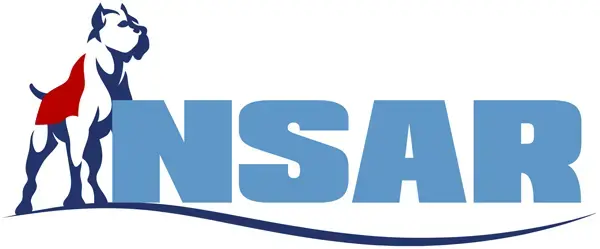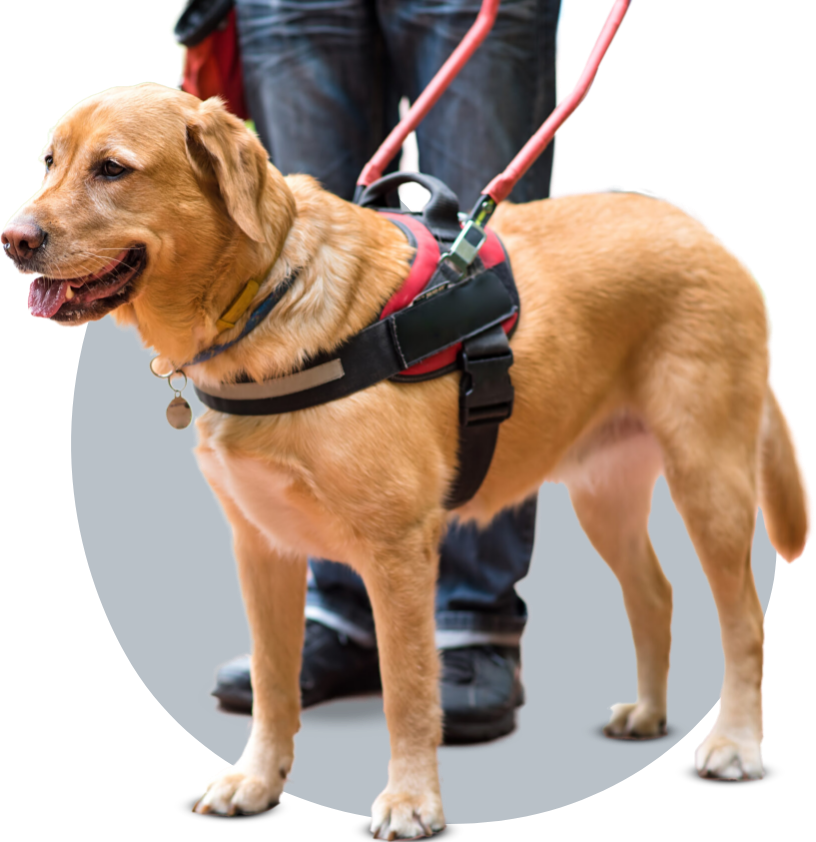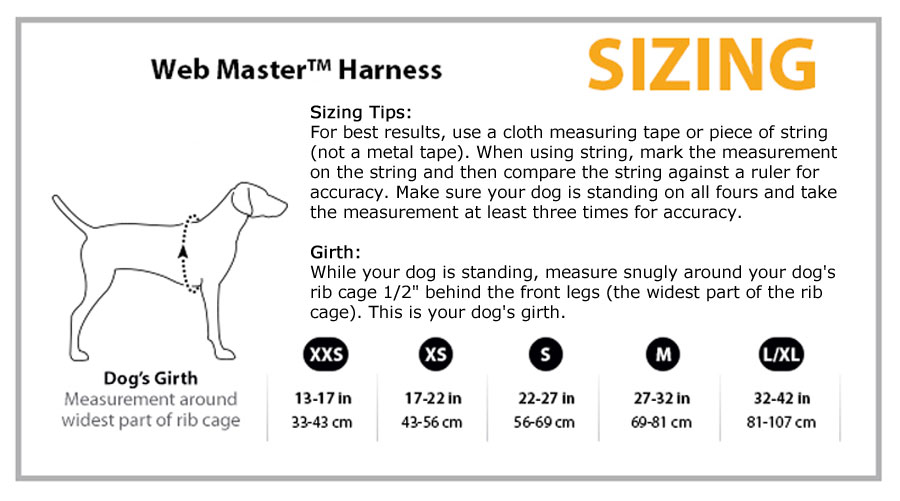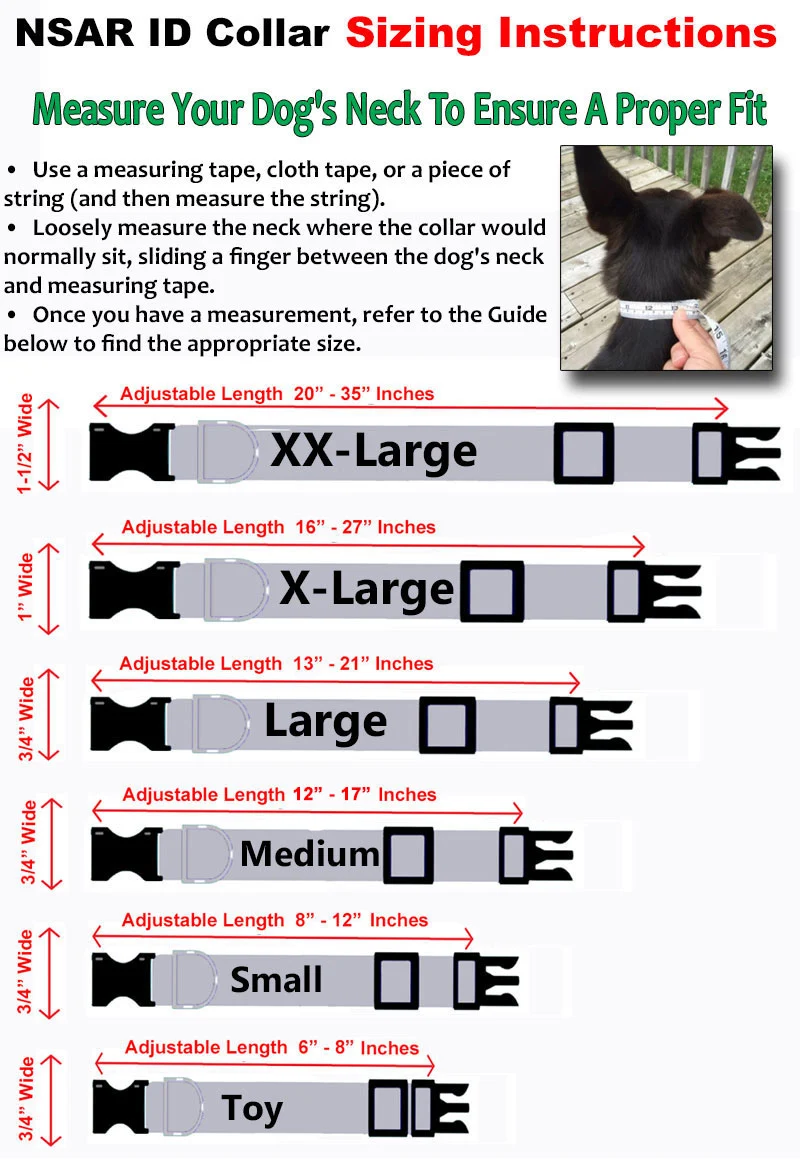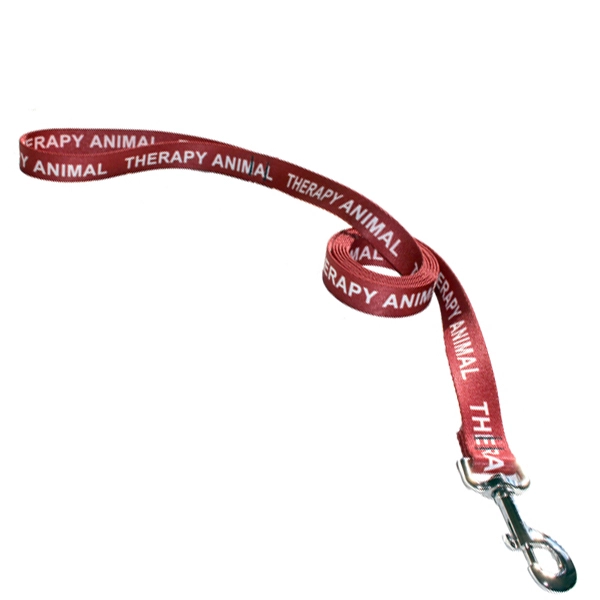How to Socialize Your ESA for Public Settings: A Complete Guide

Introduction: Why ESA Socialization Matters
Imagine bringing your emotional support animal into a public space—like a park, hotel, or doctor’s office—and watching them remain calm, confident, and connected to you. That’s the goal of proper ESA socialization. Emotional support animals offer therapeutic companionship, and while they don’t have the same legal access as service dogs, preparing them for real-world environments is critical to maintaining safety, respect, and emotional balance—for both the handler and the animal.
In this guide, we’ll walk you through everything you need to know to socialize your ESA for public settings. You’ll learn what an ESA is, how it differs from service animals, your legal rights, and step-by-step techniques to build your companion’s confidence and responsiveness outside the home.
What Is an Emotional Support Animal (ESA)?
An emotional support animal (ESA) is a companion animal that provides comfort simply through its presence. ESAs are recommended by licensed mental health professionals to individuals struggling with anxiety, depression, PTSD, or other emotional or psychological conditions.
Key Points:
- ESAs are not required to have special training.
- Any domesticated animal can potentially be an ESA (most commonly dogs or cats).
- ESAs are protected under the Fair Housing Act (FHA) and, in limited ways, under the Air Carrier Access Act (ACAA).
ESA vs. Service Animal vs. Therapy Animal
| Feature | ESA | Service Animal | Therapy Animal |
|---|---|---|---|
| Legal Definition | Companion for emotional health | Trained to perform specific tasks | Visitation-based comfort giver |
| Legal Protection | FHA, some airline protections | ADA, ACAA, FHA | Limited to facility permission |
| Training Required | No | Yes (task-based) | Basic obedience and temperament |
| Public Access Rights | Limited | Full (under ADA) | None |
Why Socializing Your ESA Is So Important
Although ESAs aren’t legally allowed in all public places, socialization prepares them to behave appropriately in situations where they are permitted—such as housing complexes, pet-friendly stores, or on approved flights.
Benefits include:
- Preventing anxiety, aggression, or overstimulation in unfamiliar settings
- Ensuring your ESA remains calm and focused on you
- Helping others around you feel comfortable
- Promoting safety in high-distraction areas
Step-by-Step Guide to Socializing Your ESA
1. Start at Home
Before taking your ESA out into the world, build a strong foundation at home.
- Obedience Training: Teach basic commands like sit, stay, come, leave it, and heel.
- Desensitize to Sounds: Play recordings of traffic, sirens, or barking to get your ESA used to noise.
- Handling Practice: Touch their ears, paws, and tail to prepare them for unexpected contact in public.
2. Introduce Controlled Outdoor Experiences
Take your ESA to a quiet outdoor space like your backyard or a local park during non-peak hours.
- Use a leash or harness.
- Reward calm behavior with praise and treats.
- Gradually increase exposure to distractions—kids playing, dogs walking, bicycles passing by.
3. Visit Pet-Friendly Public Spaces
Once your ESA is responding well in semi-controlled environments, start exploring:
- Pet-friendly stores (Home Depot, Petco, etc.)
- Outdoor café patios
- Pet-welcoming hotels or lobbies
Pro Tips:
- Keep initial visits short (10–15 minutes).
- Bring high-value treats.
- Avoid areas with too much foot traffic early on.
4. Practice Handling Common Situations
Your ESA may face a variety of situations. Prepare them with role-playing exercises:
- Meeting strangers: Train your ESA to remain calm when approached.
- Loud noises: Carry calming aids like a ThunderShirt or use positive reinforcement.
- Busy sidewalks or elevators: Work on patience and leash control.
5. Enroll in Obedience or Canine Good Citizen (CGC) Classes
Even though not legally required, these courses can help your ESA behave better in public and improve social trust.
Benefits:
- Group training teaches distraction tolerance.
- Certification may help with housing access.
- It’s a great way to bond with your ESA.

Legal Guidelines for ESAs in Public Settings
Housing (Fair Housing Act)
- Landlords must make reasonable accommodations for ESAs, even in no-pet housing.
- You may need an ESA letter from a licensed mental health professional.
Travel (Air Carrier Access Act)
- Airlines are no longer required to allow ESAs in the cabin but may at their discretion.
- Check airline policy before booking.
Public Access (ADA)
- ESAs do not have public access rights under the ADA.
- Businesses can deny entry unless they’re pet-friendly.
Always be respectful of policies and clarify your ESA’s role when asked.
Practical Tips for Public Outings
- Always leash your ESA.
- Carry documentation (ESA letter) when appropriate.
- Bring waste bags, water, and comfort items like a blanket or calming chew.
- Avoid peak hours to reduce stimulation.
- Watch for signs of stress in your animal (panting, pacing, growling, hiding).
Common FAQs
Do I need to train my ESA?
Training isn’t legally required, but basic obedience is strongly recommended for public behavior and safety.
Can my ESA go to restaurants or stores?
Only if the business is pet-friendly. ESAs don’t have public access rights like service animals.
What happens if my ESA misbehaves in public?
You can be asked to leave. Socialization and training help avoid this.
Will socialization make my ESA a service dog?
No. Service dogs require specific task training and legal classification under the ADA.
Can I get kicked out of housing for a misbehaving ESA?
Yes, if your ESA is disruptive, aggressive, or destructive, landlords can request removal.
Real-Life Example
Case Study: Sarah and Milo (Golden Retriever, ESA)
Sarah, diagnosed with PTSD, began socializing her ESA, Milo, through brief outings to dog-friendly cafés and training classes. Over time, Milo became calm during travel and public events. Sarah credits his behavior to slow, consistent exposure and working with a local trainer.
Conclusion
Socializing your ESA is one of the best investments you can make in their wellbeing—and your own. While ESAs aren’t granted the same public access rights as service animals, ensuring your companion is prepared for housing, travel, or social interactions will enhance your shared life.
Ready to take the next step?
➡️ Explore our ESA Registration Kits and Letters to help support your animal’s journey.
And if you found this article helpful, share it with a friend, your therapist, or on social media to help educate others about responsible ESA ownership!
